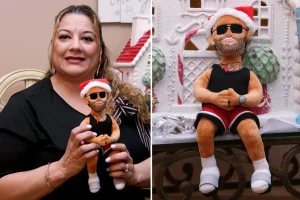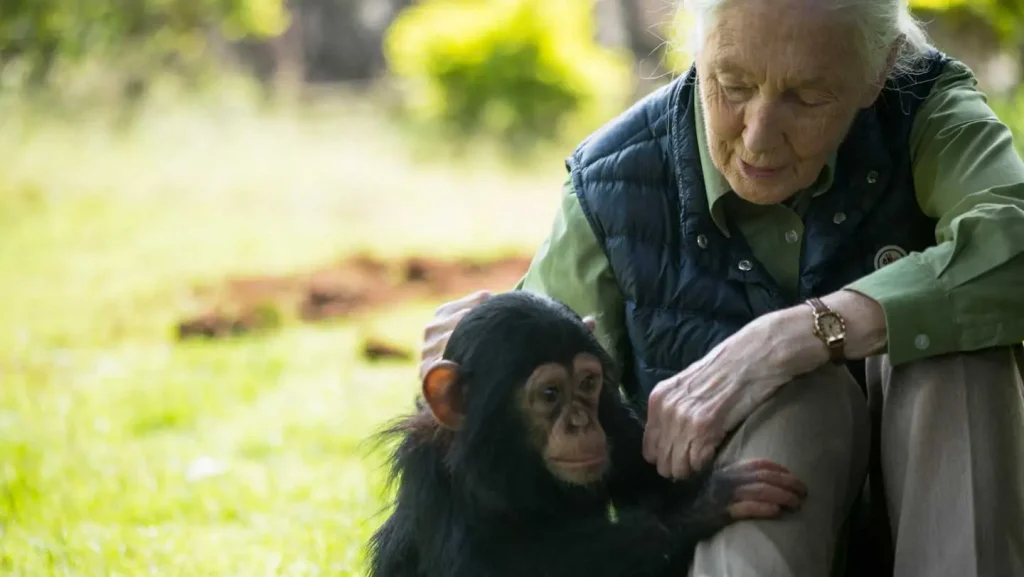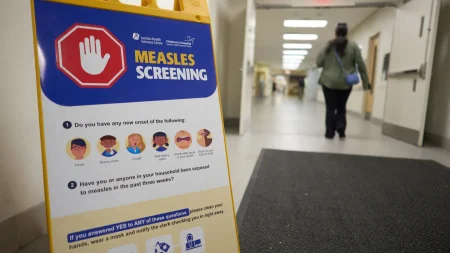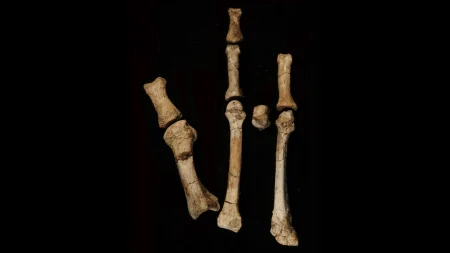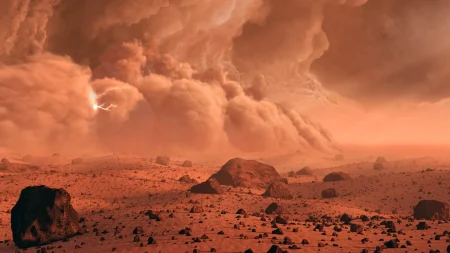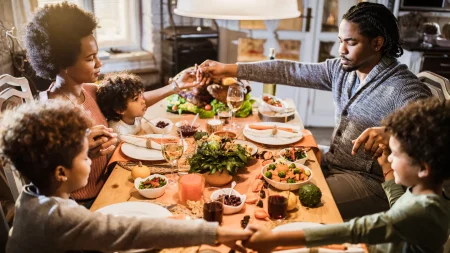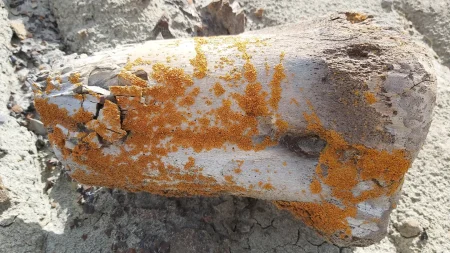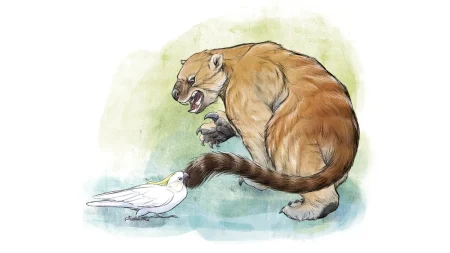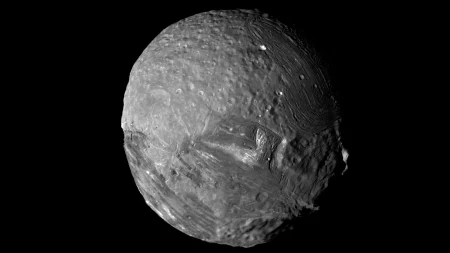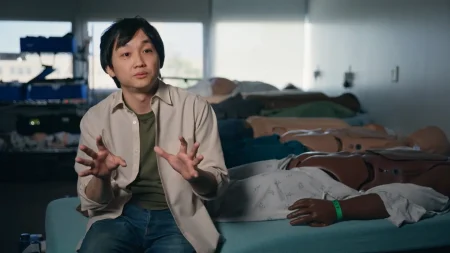Jane Goodall’s Legacy: A Personal Connection with Chimpanzees in Life and Death
When Jane Goodall passed away on October 1, 2024, at the age of 91, the world lost not only a pioneering primatologist but also a visionary who connected deeply with our closest relatives in the animal kingdom. Her death sparked memories of a remarkable conversation I had with her 35 years ago, revealing aspects of her work that went beyond her famous observations of living chimpanzees. By 1990, Goodall had spent nearly three decades studying chimps in Tanzania’s Gombe National Park, revolutionizing our understanding of their complex social lives. What surprised me most during our conversation, however, was learning about her unique collection of chimpanzee skeletons – a project that reflected her holistic approach to understanding these remarkable creatures.
Goodall’s skeleton collection represented scientific resourcefulness at its finest. She and her team would retrieve the bodies of deceased chimps within days of their deaths, placing them in tin drums where insects would naturally remove the soft tissues. The bones were then cleaned and preserved, creating a one-of-a-kind reference collection. What made this collection extraordinary was that each skeleton came from a Gombe individual with thoroughly documented life history – their sex, age, body weight, and life experiences were all known in intimate detail. This information allowed researchers to investigate how individual development influenced skeletal features in ways that scientists studying ancient hominid fossils could never do with their “strangers from the past.” The collection opened possibilities for analyzing our evolutionary ancestors from a new perspective, providing insights into how bone shapes reflect the complete journey of an individual’s life.
Our conversation in 1990 took place before the age of email and video calls. After obtaining her contact information through the Jane Goodall Institute, I nervously dialed a number in Africa at our appointed time. When I heard her soft “hello” on the other end of the line, my heart raced. As I asked my prepared questions, Goodall responded with characteristic humility, never overstating the importance of her work. When I inquired about the implications of her chimp skeletons for understanding ancient hominids like the 3.2-million-year-old Lucy, she replied simply: “We just don’t know.” Similar questions about the variations in Gombe chimp skeletal structures received equally modest responses. She suggested that solid answers might emerge as research progressed, displaying a patience with the scientific process that was as admirable as it was authentic.
Goodall became most animated when explaining her motivation for preserving the remains of chimps she had observed in life. “I began collecting chimpanzee skeletons from the beginning of my research,” she told me. “When you’re working in the field, you shouldn’t waste anything.” As a young journalist, I initially found this perspective surprisingly pragmatic and detached, especially coming from someone known for forming close personal relationships with living chimps. However, I couldn’t have been more mistaken in my interpretation. Rather than representing emotional distance, Goodall’s meticulous preservation of chimp remains demonstrated her complete commitment to honoring their lives through scientific understanding – a different but equally profound form of respect and connection.
The story of Flo, one of Gombe’s dominant matriarchs and among the first chimps to approach Goodall’s camp, illustrates how the skeleton collection deepened Goodall’s connections to individual chimps. Flo was a powerful figure in Gombe’s social hierarchy who raised her five young with remarkable patience and affection. Her death in 1972 deeply affected Goodall, who had observed Flo’s complex personality for years. Fittingly, Flo’s skeleton provided one of the most fascinating insights in Goodall’s collection. Despite weighing less than a smaller but stockier male named Charlie, Flo’s skeleton was larger than most at Gombe, regardless of sex – demonstrating the challenge of estimating body weights from bone measurements alone. Additionally, Flo’s pattern of bone loss differed from the osteoporosis typically seen in post-menopausal human females, aligning with Goodall’s field observations that this remarkable chimp had given birth within a few years of her death at nearly age 50. Only recently have researchers found evidence for menopause in female chimps living past 50, which is exceptionally old for wild chimpanzees.
Flo’s “anatomical afterlife,” along with those of her Gombe companions, continues to teach scientists about the intricacies of skeletal formation – surely a source of profound satisfaction for Goodall. Even as advancing age gradually shifted her focus from fieldwork to environmental activism and writing, the scientific dividends of her refusal to “waste anything” continued to accumulate. Her comprehensive approach to understanding chimpanzees – studying them intimately in life and preserving their remains after death – exemplifies her extraordinary dedication to these animals and to science itself. In my mind, I like to imagine that if there is an afterlife beyond the scientific legacy she left behind, Jane Goodall and Flo are now reconnecting, gazing at each other with the same mutual respect and affection that characterized their remarkable relationship in life.

